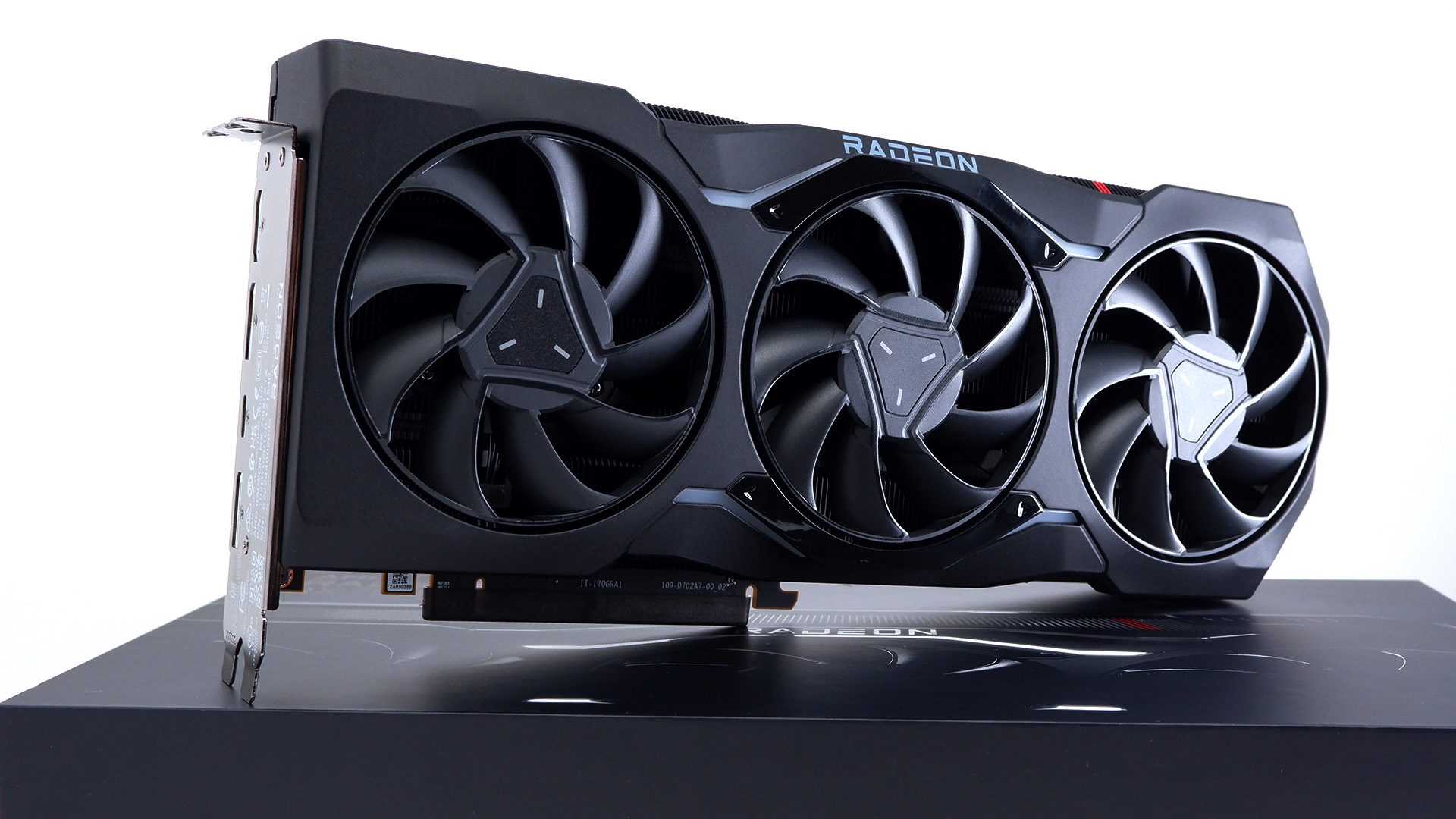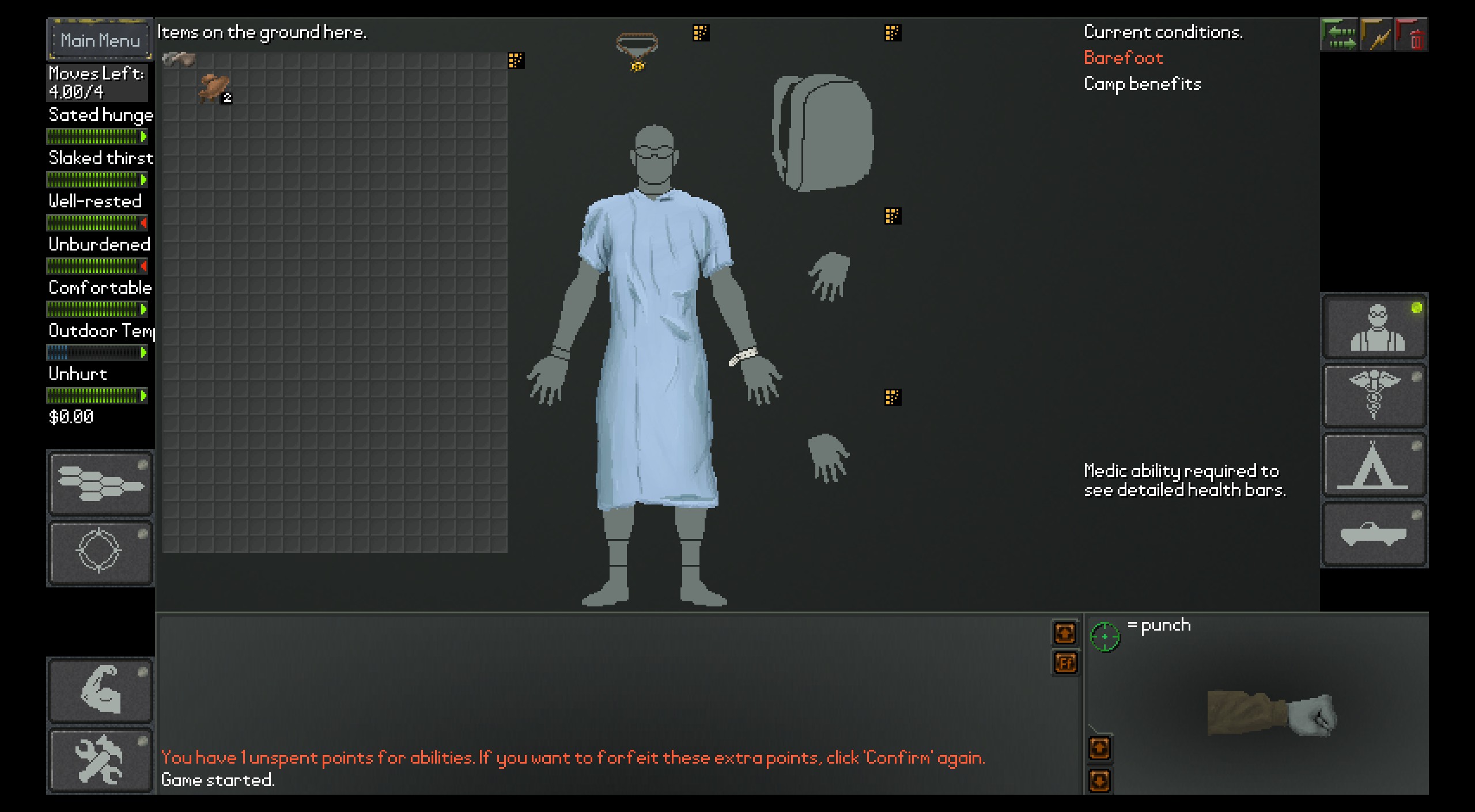Radeon graphics cards maybe aren’t as popular as AMD might like us to think they are, at least according to the Steam HW Survey

Valve’s monthly analysis of its Steam Hardware Survey for January was published the other day and the figures made for interesting, if not unexpected, reading. For example, Windows 11 was making small gains against Windows 10, and the number of CPU cores and amount of system RAM are all steadily increasing. I’ve been monitoring the survey since last July, particularly the distribution of graphics cards, and one thing stands out: AMD RDNA 3 cards are virtually nowhere to be seen.
AMD has claimed that it has seen an increase in sales of its Radeon products, “driven by strong demand in the channel for both our Radeon 6000 and Radeon 7000 series GPUs.” There’s no reason for any of us to doubt such a claim (it would certainly be odd for AMD to blatantly lie about this) but in the last seven Steam Hardware Surveys, only one Radeon RX 7000-series card makes an appearance, the Radeon RX 7900 XTX.
And to make matters worse, there are more of the original RDNA cards (e.g. the Radeon RX 5700 XT) in all the samples I’ve looked at compared to the latest architecture.
There’s a total of seven models in the RX 7000-series, launched over 13 months. That’s not a huge portfolio but it’s more than enough to ensure that, if the range was successful, then they would stand a good chance of appearing in the survey’s statistics. But it’s just one, and the most expensive desktop graphics card that AMD currently has. So what’s going on here?
Nvidia’s desktop GeForce RTX 40-series is only a little more diverse, with ten models on offer, though they have been around longer (15 months). Laptop manufacturers have generally snubbed Radeons as the GPU of choice for their gaming products, but AMD has enjoyed huge success in the handheld PC sector, as almost all of them sport a Radeon graphics chip.
| Header Cell – Column 0 | Jul | Aug | Sep | Oct | Nov | Dec | Jan |
|---|---|---|---|---|---|---|---|
| Ampere | 26.5% | 27.6% | 28.9% | 33.0% | 27.3% | 25.9% | 26.0% |
| Pascal | 14.6% | 18.9% | 18.4% | 15.7% | 17.9% | 16.5% | 16.2% |
| Turing | 17.2% | 17.0% | 17.8% | 18.8% | 15.8% | 15.2% | 14.6% |
| Ada Lovelace | 3.7% | 5.7% | 6.7% | 9.5% | 9.0% | 9.1% | 10.3% |
| RDNA 2 | 2.8% | 3.0% | 2.8% | 2.1% | 3.3% | 3.3% | 3.4% |
| GCN 4.0 | 2.6% | 2.5% | 2.4% | 1.8% | 2.5% | 2.4% | 2.4% |
| Maxwell | 2.3% | 2.1% | 2.0% | 1.5% | 1.9% | 1.8% | 1.7% |
| GCN 5.0 | 1.2% | 1.1% | 0.9% | 0.7% | 0.9% | 0.9% | 0.9% |
| Kepler | 0.6% | 0.6% | 0.6% | 0.4% | 0.5% | 0.5% | 0.5% |
| RDNA | 0.5% | 0.5% | 0.4% | 0.3% | 0.5% | 0.4% | 0.4% |
| RDNA 3 | 0.2% | 0.2% | 0.2% | 0.2% | 0.3% | 0.3% | 0.3% |
There’s also the nature of Valve’s hardware survey to consider, too. For example, we have no idea how large the sample size is or what the geographic distribution of the results is like, but this is why I’ve been accumulating the figures over the months to try and get a look at the broader view.
I’ve not included any GPU architecture listed as ‘Other’ or those with a lower sample count than RNDA 3 in the above table, but one can see that across half a year of surveying, Valve has recorded very few Radeon RX 7000-series cards in its sampling.
AMD enjoys better sales figures in some countries compared to others, and there’s always the possibility that these locations are under-represented in the sampling. Internet/gaming cafes in the Southeast Asia market can often skew the GPU results heavily towards Nvidia, but even accounting for that, you’d think there would be more than one Radeon 7000-series card in the listings. Especially since there are some really old and very obscure GPUs still turning up.
All of this leads me to think that either AMD’s claim about strong demand is more for the old RX 6000-series rather than the newer one, or it’s just been exceptionally unlucky with the distribution of Valve’s sampling. Or users are ashamed to click yes when asked to submit their system. But if one heads over to the 3DMark Results database and displays GPUs by popularity, then RDNA 3 cards are more visible.
However, those figures are based on the number of benchmark results uploaded in a given period, and one user could theoretically submit hundreds of scores in a couple of weeks, making their graphics card look a little more popular than it is.
Naturally, the reality of the situation will lie somewhere between AMD’s claims and the figures suggested by the Steam Hardware Survey and 3DMark database. Getting our hands on the exact number of Radeon desktop cards sold globally each month is impossible, so we’re left to examine the above statistics and make up our minds, based on the evidence we do have.




